William Sloan Coffin
“Credo,” published 2004
Maria Popova
From “Brain Pickings,” February 12, 2017
Hisham Matar
“On literature and the arts,” (1970), printed in New York Times, March 17, 2017
All great art allows us this: a glimpse across the limits of our self. These occurrences aren’t merely amusing or disorientating or interesting experiments in “virtual reality.” They are moments of genuine expansion. They are at the heart of our humanity. Our future depends on them.
Just as a river leads to the sea — the particular in great literature has always flowed to the universal. Literature [including plays] is the greatest argument for the universalist instinct, and this is why literature is intransigent about its liberty. It refuses to be enrolled, regardless of how noble or urgent the project. It cannot be governed or dictated to. It is by instinct interested in conflicting empathies, in men and women who are running into their own hearts, in doubt and contradictions. Which is why, without even intending to, and like a moon to the night, it disrupts the totalitarian narrative. What it reveals about our human nature is central to the conversation today.
Our Unique Mission
Adapted from Henri Nouwen’s Bread for the Journey
Here the word mission becomes important. We are not meant to save the whole world, solve all problems, and help all people. But we have our unique mission here and now, and if we keep our focus on it, we will discover that our faithfulness to our mission is the most healing response to the illnesses of our time. Drama, art, music that bring people together in community will help heal the scattered parts of our minds and hearts.
Pianist Jason Cutmore
From an article in “Clavier Companion,” January/February 2017
Thomas Berry
from Creative Energy
Andy Warhol
Maria Popova
From “Brain Pickings,” July 9, 2017
So people seek the irreproducible moment, the brief, fragile community of story told among people gathered together in one place. So children gather at the library to be read to: look at the little circle of faces, blazing with intensity. So the writer on a book tour, reading in the bookstore, and her group of listeners reenact the ancient ritual of the teller at the center of the circle. The living response has enabled that voice to speak. Teller and listener, each fulfills the other’s expectations. The living tongue that tells the word, the living ear that hears it, bind and bond us in the communion we long for in the silence of our inner solitude.
Maria Popova
From “Brain Pickings,” September 17,2017
